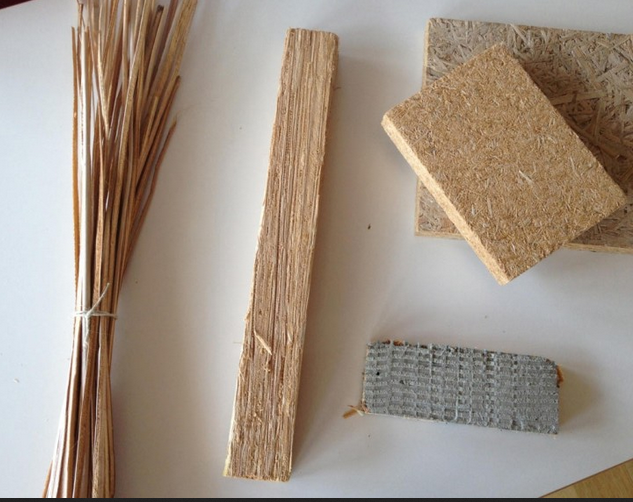 The cattail, or the Typha, is a plant that is has been long known to human civilization for thousands of years. The plant has served several uses throughout the ages, though it is prevalently known today as a food source, a medicinal plant, and as raw fiber material for textiles. But new research suggests a new use is possible for this plant: as building insulation.
The cattail, or the Typha, is a plant that is has been long known to human civilization for thousands of years. The plant has served several uses throughout the ages, though it is prevalently known today as a food source, a medicinal plant, and as raw fiber material for textiles. But new research suggests a new use is possible for this plant: as building insulation.
Scientists at the Fraunhofer Institute for Building Physics IBP in Valley, with the cooperation of their developing partner typha technik Naturbaustoffe, have just developed a new material completely made out of cattail that can be used for building insulation. The development of the material was part of the 1.5-year long research that was made to prove its outstanding qualities, in a traditional half-timbered testbed home in Nuremberg.
The process for making the raw cattail material for the panel is described as relatively simple. First, the cattail leaves are horizontally detached, and then cut and shortened to about 7 cm. Then they are placed in a drum, to be sprayed with “environmentally-sound” mineral adhesives. Finally, the raw material for the magnesite-bound cattail panel becomes completed after it is brought into a heated press.
According to research tests, they have demonstrated that the cattail panels have a low heat conductivity (0.052 watts per meter Kelvin), consequently also making it quite fireproof. In addition, it also has good soundproofing qualities, as well as being both permeable and tight (for vapor and humidity control) at the same time. Because of its low weight and relative flexural rigidity, the cattail material can even be used to replace timber beams, as a “light sandwich element for flooring and intermediate ceilings”. The research also claims that one could even build a house that is largely composed of their cattail insulation material.
As explained by the source report, cattail is a natural swamp plant, and thus is very resistant to all kinds of plant diseases and can cope very well with moisture. In addition, its leaves have a sturdy combination of fiber-reinforced and soft sponge tissues, supporting most of the properties that was exhibited by the panel material that the researchers have developed.
In addition for its natural protective properties, cattail is also very easy to produce technically, as it grows quite fast. The only problem though is that cattails are not really grown as a crop plant. There are no available land areas for its cultivation, and it still has to be imported from certain countries like Romania and Hungary. Still, the fact that it can easily be produced and processed opens a huge possibility for the eventual adoption and mass production of their cattail insulation panels.


Leave a Comment